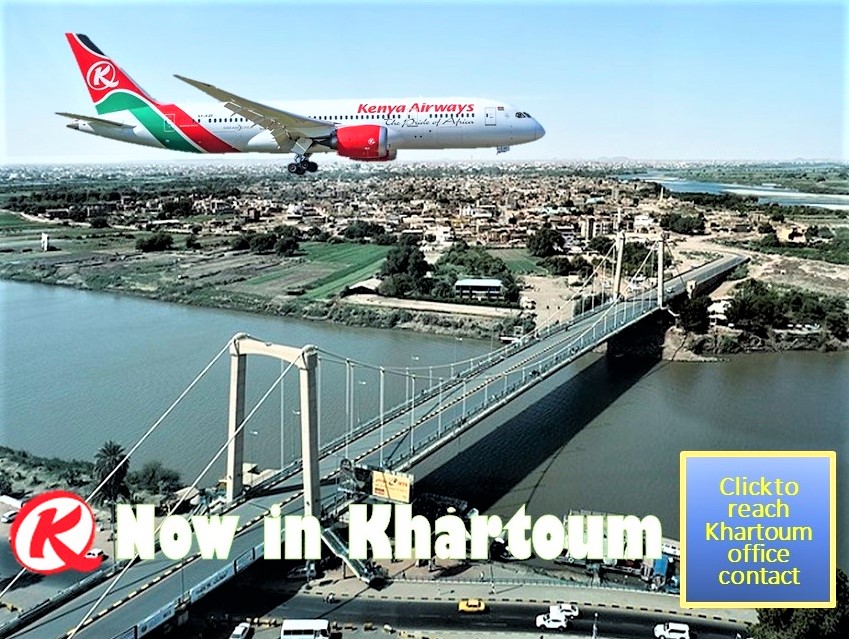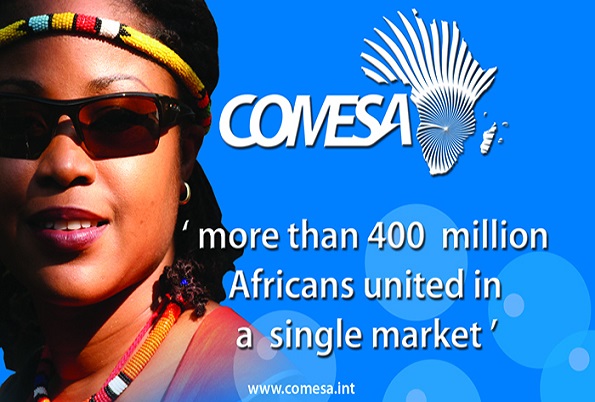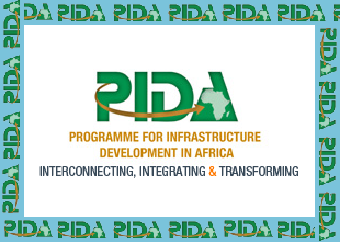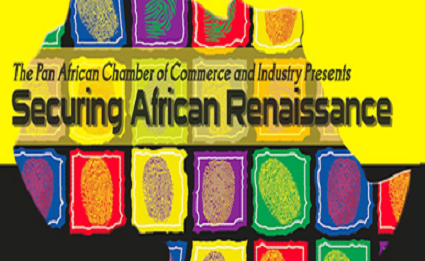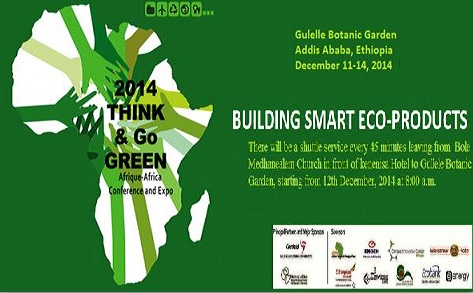Gedaref courts groundwater to avert water crisis

Caption: Harvest time in South Gedaref area – the happiness of passing a season without war in the area, who knows next season will be the same – Photos MC
Mekki ELMOGRABI
Fathya Hamdan a mother of four children in Sudan’s Gedaref region, uses four water drums daily during winter.
However, the demand doubles during the summer and this increases the economic burden since Fathya – just like other residents buys water from sellers who use donkey-pulling carts.
Ahmed Yassin, one of the water sellers, says two water drums cost one dollar. This is a cost too high for Fathya – who, besides home use, also needs water for her goats.
“Who believes that I buy water for my goats every day? Otherwise, I have to buy milk,” Fathya narrates, adding, “I want at least 50 dollars a month for water. It is big money in this part of the world.”
Fathya says that she had planned to buy more goats to produce organic ghee and sell it in the local market, but this plan has been shelved.
Dataviz: Livestock water demand in Gedaref Area (2021)
The goat price in the Gedaref market is 50 USD dollars, meaning if there were free clean water, Fathya would buy a goat monthly.
Abd Alrahman, a water seller says the water situation in Gedaref is relatively better in winter, but it will be highly horrible next summer due to the ‘large number of our new guests’ (a term adopted by local people about refugees or displaced people after a social media campaign advised them so).
The population of Gedaref state increased by 30% after the Tigray war in Ethiopia and the war in Sudan that started in April 2023.
The primary sources of drinking water in the city of Gedaref is groundwater sourced through wells, mainly Dalassa, Kanara, and Agib, but they hardly cover the sections of Salamat, Daim Saad, Arkowit, and Downtown, which are the areas with good water networks and pipelines.
Nearly two-thirds of the city does not have a stable water supply or is entirely dependent on water tankers and local water sellers.
According to the Nile Basin Initiative (NBI), groundwater promises to close the gap between water supply and demand and buffers the effects of climate variability.
The water crisis in this city usually takes place in the summer months of March, April, and May when water shortage becomes worse, and the scrambling over the city’s wells, tankers, and water sellers causes problems among citizens and refugees.
What Next for the People of Gedaref
Political instability has exacerbated the water problem in Sudan. For example, the war halted the implementation of the Ultimate Solution project, which was designed to improve safe water coverage in Gedaref.
All hope is still for the people of Gedaref despite the water challenges. The area still receives rainfall that can reach 280MM during the rainy season.
Despite this resource, people drink muddy and polluted water, but this is a blessing to people like Izz Deen, a taxi driver in Gedaref. He says he spends almost one dollar daily for water, 10 percent of his income.
“Still, this poor water quality is a blessing because it helps me keep some chickens in my house, and then I have my egg breakfast,” he adds.
One intervention authorities are rooting for to improve the water situation is groundwater harvesting.
The commissioner of Gedaref town, Abbas Idrees, believes groundwater, if well extracted,” groundwater would help end the challenges of water shortage in this area.”
He says they are now courting groundwater as one of the ways to avert water shortages in the region in addition to rainwater harvesting.
Groundwater is the most important source of drinking water for people, livestock, and wildlife in the 11 countries in the Nile Basin. According to the Nile Basin Initiative, an intergovernmental partnership of 10 Nile Basin countries, over 70 percent of the rural population in this region depends on groundwater. Groundwater is stored in aquifers.
Besides rainwater harvesting, Abbas is optimistic that the Gedaref-Adigrat Aquifer project will significantly improve the situation, adding that local authorities are eager to participate and support the project.
The Gedaref-Adigrat aquifer is one of the three transboundary aquifers selected as a case study under the Nile Basin Initiative (NBI) ‘s Groundwater Project – ‘Enhancing Conjunctive Management of Surface Water and Groundwater Resources in Selected Transboundary Aquifers: Case Study for selected Shared Groundwater Bodies in the Nile Basin. The others are Mt. Elgon and Kagera aquifers, respectively.
The NBI project aims to strengthen the knowledge base, capacity, and cross-border institutional mechanisms for sustainable use and management of the three selected transboundary aquifers. It will also aid the national achievements and reporting of water-related Sustainable
Development Goals and support environmental protection while enhancing the socio-economic development of the Basin’s population.
The five-year (2020 – 2025) project is funded by the Global Environment Facility (GEF) through the United Nations Development Program (UNDP) and executed by NBI.
Mekki Elmograbi is a Press writer on African affairs, could be reached via email elmograbi@gmail.com and WhatsApp +249912139350
This article was supported by InfoNile with funding from Nile Basin Initiative.


